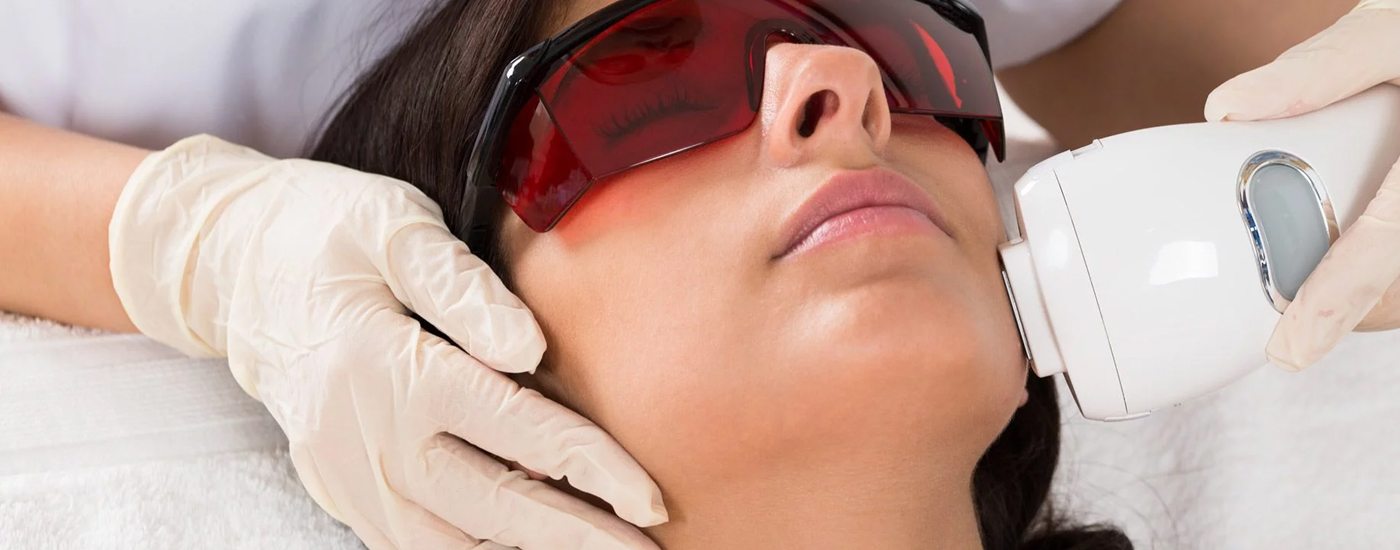The primary principle behind laser hair removal is selective photothermolysis (SPTL), the matching of a specific wavelength of light and pulse duration to obtain optimal effect on a targeted tissue with minimal effect on surrounding tissue. Lasers can cause localized damage by selectively heating dark target matter, melanin, thereby heating up the basal stem cells in the follicle which causes hair growth, the follicle, while not heating the rest of the skin. Light is absorbed by dark objects but reflected by light objects and water, so laser energy can be absorbed by dark material in the hair or skin, with much more speed and intensity than just the skin without any dark adult hair or melanin.
Melanin is considered the primary chromophore for all hair removal lasers. Melanin occurs naturally in the skin and gives skin and hair their color. There are two types of melanin in hair. Eumelanin gives hair brown or black color, while pheomelanin gives hair blonde or red color. Because of the selective absorption of photons of laser light, only hair with color such as black, brown, or reddish-brown hair or dirty blonde can be removed. White hair, light blonde and strawberry blonde hair does not respond well. Laser works best with dark coarse hair. Light skin and dark hair are an ideal combination, being most effective and producing the best results, but lasers such as the Nd:YAG laser are able to target black hair in patients with dark skin with some success.
Laser hair removal has become popular because of its speed and efficacy, although some of the efficacy is dependent upon the skill and experience of the laser operator, and the choice and availability of different laser technologies used for the procedure. Some will need touch-up treatments, especially on large areas, after the initial set of 3-8 treatments.




